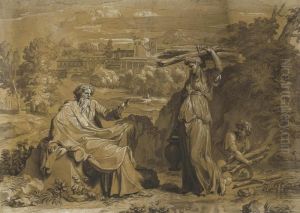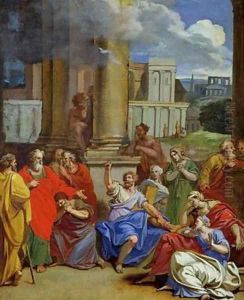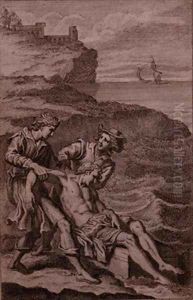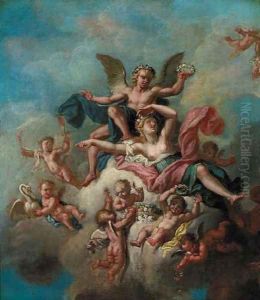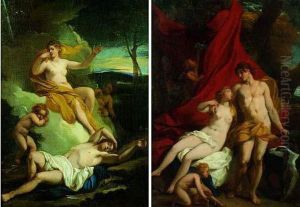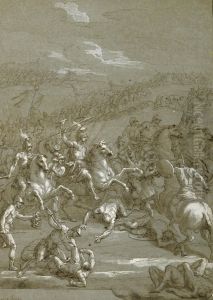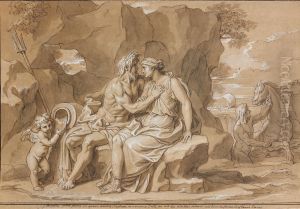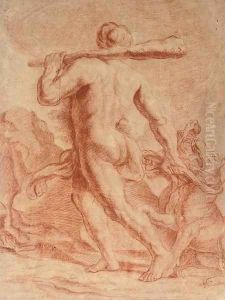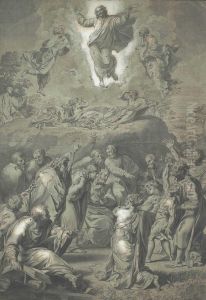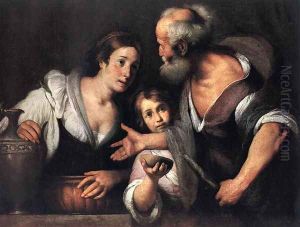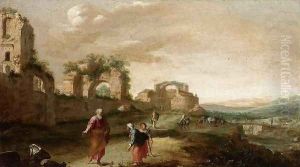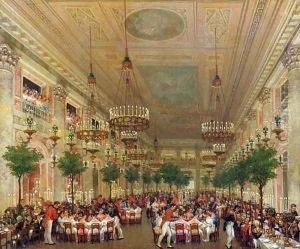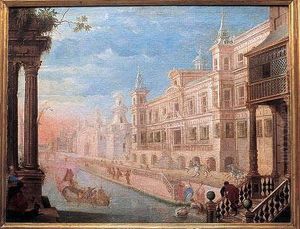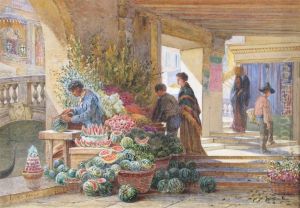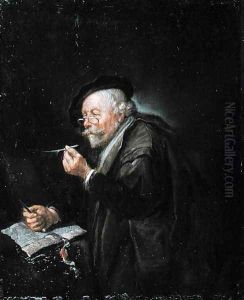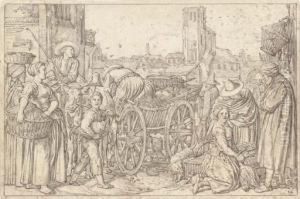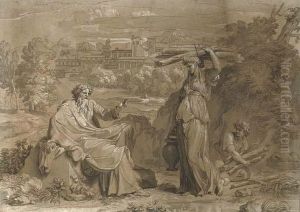





The Prophet Elijah And The Widow Of Sarepta (i Kings, Chapter 17)
-
About Reproduction
Discover the allure of art with our faithful reproduction of "The Prophet Elijah And The Widow Of Sarepta (i Kings, Chapter 17)", originally brought to life by the talented Louis Cheron. Unlike posters or prints, our hand-painted oil painting breathes an unique sense of depth and texture into your space. Every detail, every stroke, and every texture is meticulously recreated, paying the perfect homage to Louis Cheron and his artistic vision.
Owning this piece is more than just decoration - it's a statement of your refined taste in art. Let the vibrant colors and intricate details of this replica serve as a daily reminder of the beauty in our world. Elevate your decor and appreciate the richness of art with our replica of this masterpiece.
-
Painting Description
"The Prophet Elijah and the Widow of Sarepta (1 Kings, Chapter 17)" is a notable painting by the French artist Louis Chéron. Created in the late 17th or early 18th century, this artwork depicts the biblical story of the prophet Elijah as recounted in the First Book of Kings, chapter 17. In this narrative, during a divinely ordained drought, Elijah is sent by God to the Phoenician town of Zarephath, where he meets a widow who is preparing what she believes will be her last meal for herself and her son. Elijah promises her that if she feeds him, her jar of flour will not be used up and her jug of oil will not run dry until the Lord sends rain upon the earth. True to his word, the widow's meager supplies miraculously last throughout the drought, sustaining her, her son, and Elijah.
Louis Chéron (1660–1725) was an accomplished painter and engraver, known for his history paintings and his work in England, where he moved in 1695. His style was influenced by the grandeur of the French Baroque, and he was adept at capturing the drama and emotion of religious and mythological scenes. "The Prophet Elijah and the Widow of Sarepta" is a fine example of his ability to convey narrative through composition and the use of light, imbuing the scene with a sense of divine intervention and human compassion.
The painting is significant for its artistic merit and as an illustration of the cultural and religious themes of the period in which Chéron worked. It reflects the Baroque era's fascination with dramatic biblical stories and the emphasis on the interplay between the human and the divine. The work is also an important part of Chéron's oeuvre, representing his religious subject matter and his contribution to the art of the late 17th and early 18th centuries.
While the current location of the painting is not specified, it remains an important piece for study by art historians and enthusiasts interested in the Baroque period and in the works of Louis Chéron. The painting's depiction of the Elijah narrative also makes it a point of interest for those studying the interpretation of biblical stories in art.
-
Lead Time & Shipping
When you order this oil painting replica, it typically takes 2-3 weeks to paint. If the artwork is more complex, it might need a little more time to ensure the best quality. Once it's ready, we'll send you a photo for your approval. After you give the green light, we'll ship it to you for free.
-
Return & Refund
We believe in the quality of our hand-painted oil painting reproductions, and your satisfaction is our priority. If for any reason, you are not completely satisfied with your purchase, we offer a 45-day return policy. You can return your artwork within 45 days of receipt and receive a full refund. Please note that the artwork must be returned in the original packaging and in the same condition as it was received.





